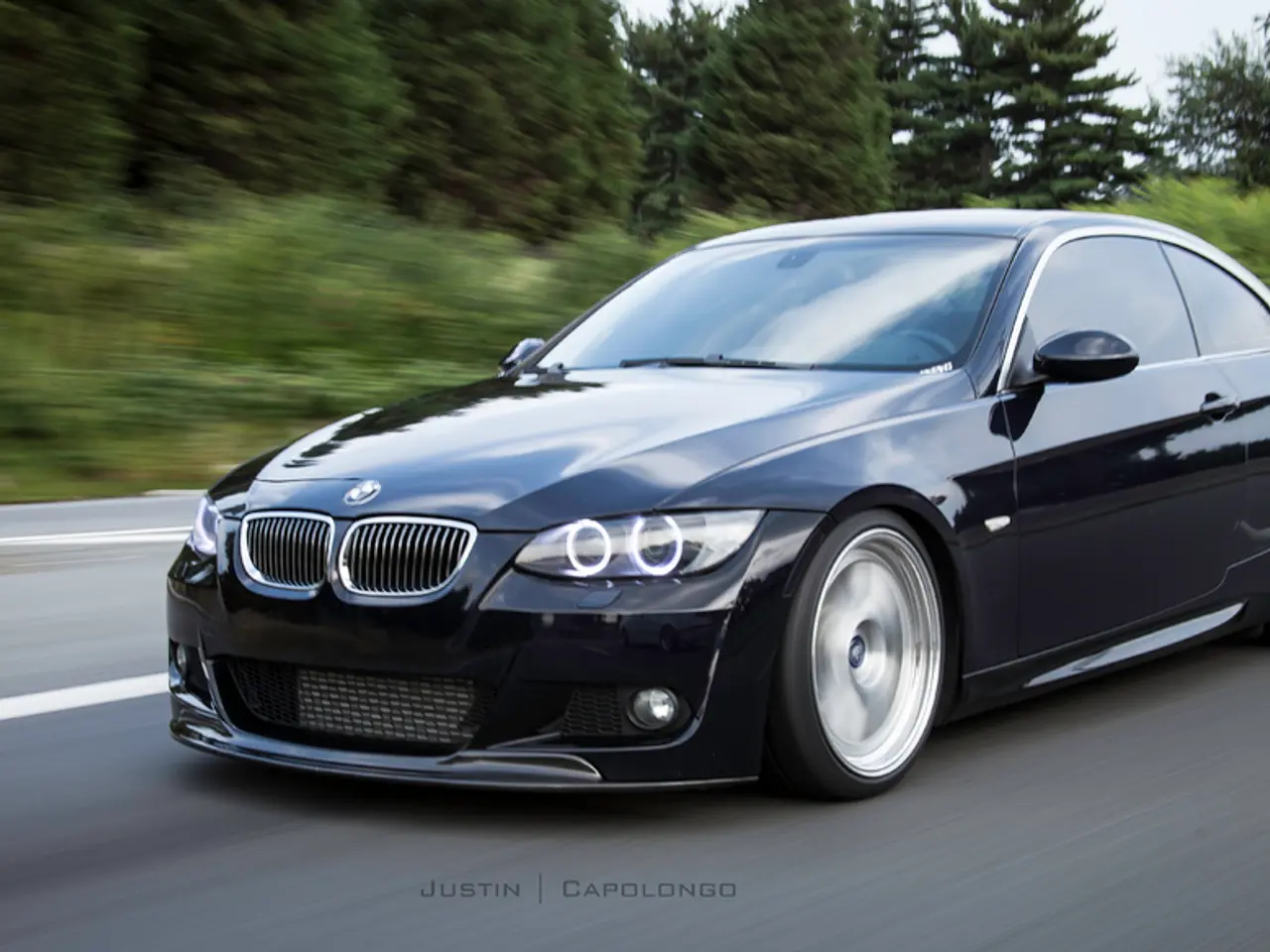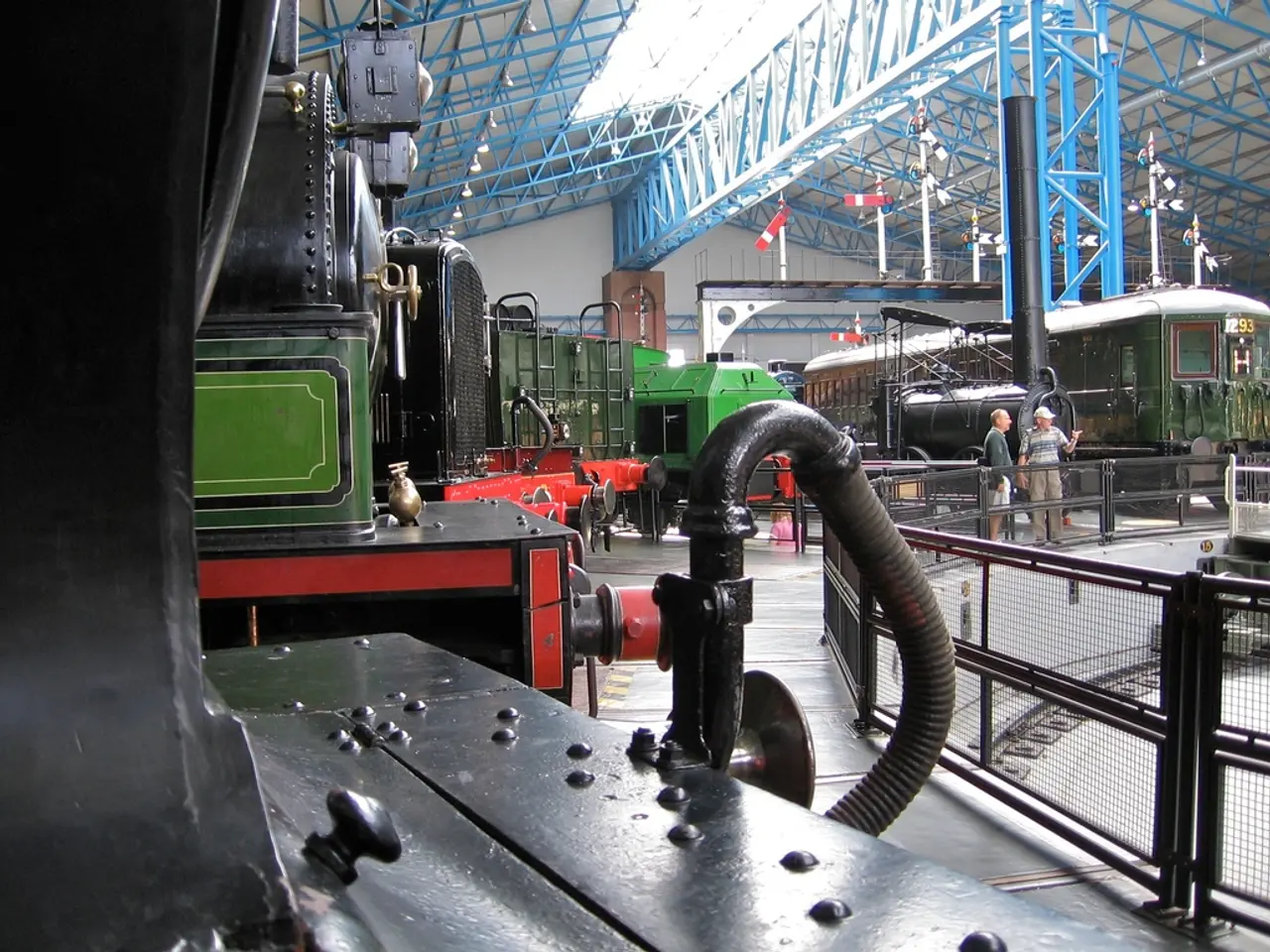Guide for purchasing Mini Cooper R50 models
The R50 MINI, a symbol of retro-modern charm, marked its production debut in 2001, four years after BMW acquired Rover with the intention of revitalising the Mini brand. The design process for this iconic vehicle began much earlier, with the end of classic Mini production in October 2000 and the opening of MINI dealerships within BMW retailers by July 2001.
The development timeline extended over several years, with proper prototypes appearing on the road as early as late 1997. Powered by a newly developed W10 ‘Tritec’ engine, a joint BMW-Chrysler venture, the R50 MINI was initially a 'skin prototype', built on a modified Fiat Punto platform with Punto running gear, engine, and gearbox.
The design evolved from initial concepts, with BMW reinterpreting the classic Mini’s iconic look but updating it for modern standards and mass production efficiency. The new model maintained characteristic Mini styling cues while incorporating modern safety, performance, and comfort technologies. Final developments particularly focused on the higher-performance Cooper S variant, which debuted with enhanced features such as a six-speed automatic transmission replacing earlier CVT autos in 2005, and sportier design elements and engineering upgrades like a lighter body and unique aero kits in limited editions like the GP model produced by Bertone.
Over its production life (2001–2006), the R50 MINI underwent subtle facelifts but largely stayed true to the initial design, focusing on maintaining its retro-modern appeal while developing special editions that highlighted different design and performance enhancements. This blend of faithful homage and modern reinterpretation ensured the R50 MINI was both a commercial and cultural success.
However, the R50 MINI was not without its challenges. The Rover-derived R65 'Midland' gearbox is a common weak point, and clutch failure is frequent. The Eaton supercharger on the Cooper S may benefit from a specialist rebuild if the car has done 100,000 miles or more. First-generation cars are known for oil leaks, usually from the crank sensor O-ring, the sump gasket, the crank seal, or the rear main oil seal.
Engine mounts tend to wear out, causing clunks and vibrations during the test drive. Early R50 MINIs are especially known for electrical faults, such as failing tyre pressure sensors, airbag warnings, and electrical problems with the hood or panoramic glass sunroof. The power steering pump whining may be a known weak spot, but it's a potential issue that should be inspected for any fluid leaks or unusual noises.
Despite these issues, the R50 MINI was available in two models initially: the 90bhp One and the 115bhp Cooper, both powered by the 1.6-litre Tritec engine. The Cooper S, a faster version of the R50 MINI, was introduced later, featuring an Eaton M45 supercharger and a robust Getrag six-speed manual gearbox.
Production of the R50 MINI ended in 2006, with 130,000 sold in the UK alone. Minor corrosion can occasionally appear on the bottoms of the doors, panel edges, and where the bumpers meet the bodywork. The R50 MINI was offered with a wide range of options, making very few cars identical. Damage to the rear quarters of R50 MINIs can be especially tricky to repair, particularly around the rear light clusters.
In summary, the R50 MINI’s design process spanned from prototype roads tests in 1997, managerial and strategic shifts through Rover’s sale and BMW’s brand retention, finalized production launch in 2001, and ongoing refinements until production ended in 2006, with design evolution centered on balancing classic Mini identity with modern engineering and market demands. Despite some challenges, the R50 MINI remains a beloved icon of the automotive world.
- The R50 MINI, a revered symbol in both the automotive industry and lifestyle, was developed as a joint venture between BMW and Chrysler for its engine, derived from the classic Mini's iconic design, but updated for modern standards, safety, performance, and comfort.
- Financing challenges were not alien to the R50 MINI, as its Rover-derived gearbox, particularly the R65 'Midland' variant, was commonly known for issues such as clutch failure and weak spots like the Eaton supercharger on the Cooper S, which may require specialist rebuilds after 100,000 miles.
- Over its production span from 2001 to 2006, the R50 MINI underwent multiple refinements in transportation infrastructure, such as subtle facelifts, and the introduction of special editions, like the GP model by Bertone, which emphasized design and performance enhancements, making each model unique and contributing to its enduring popularity in the industry and among fans.




